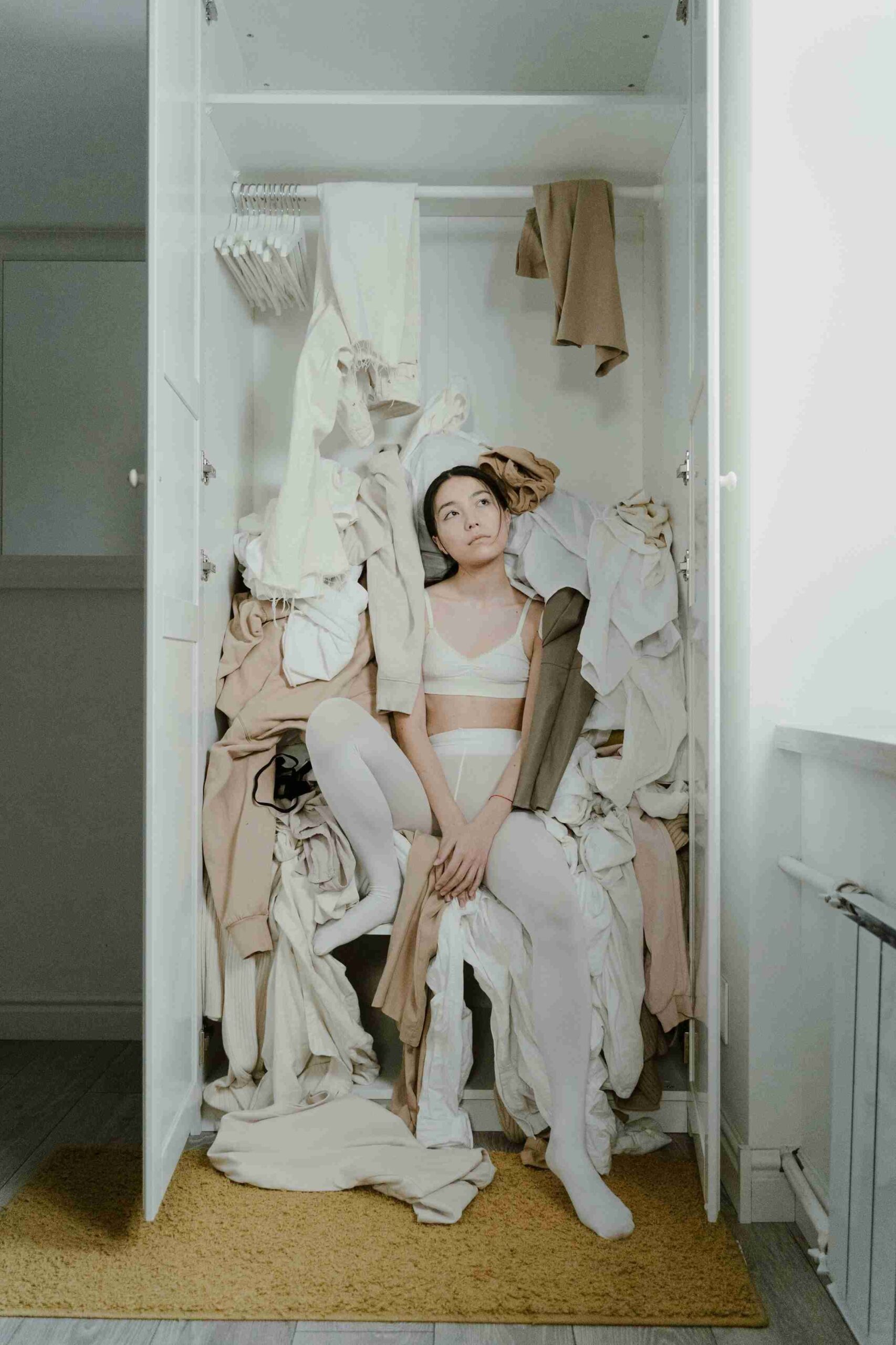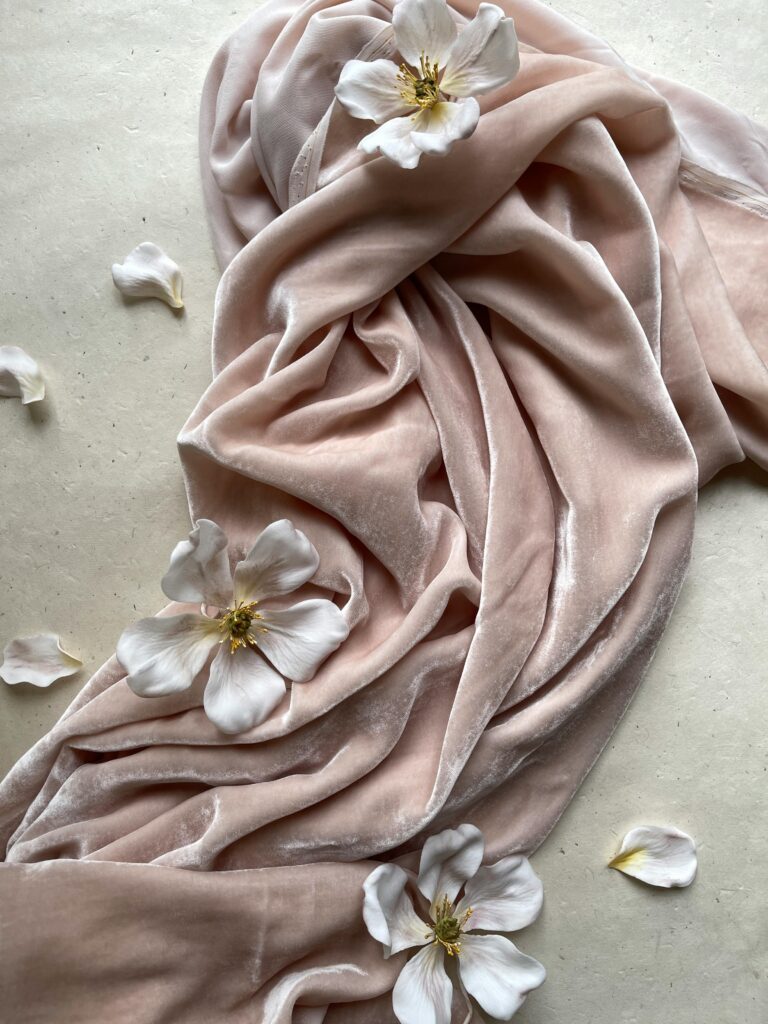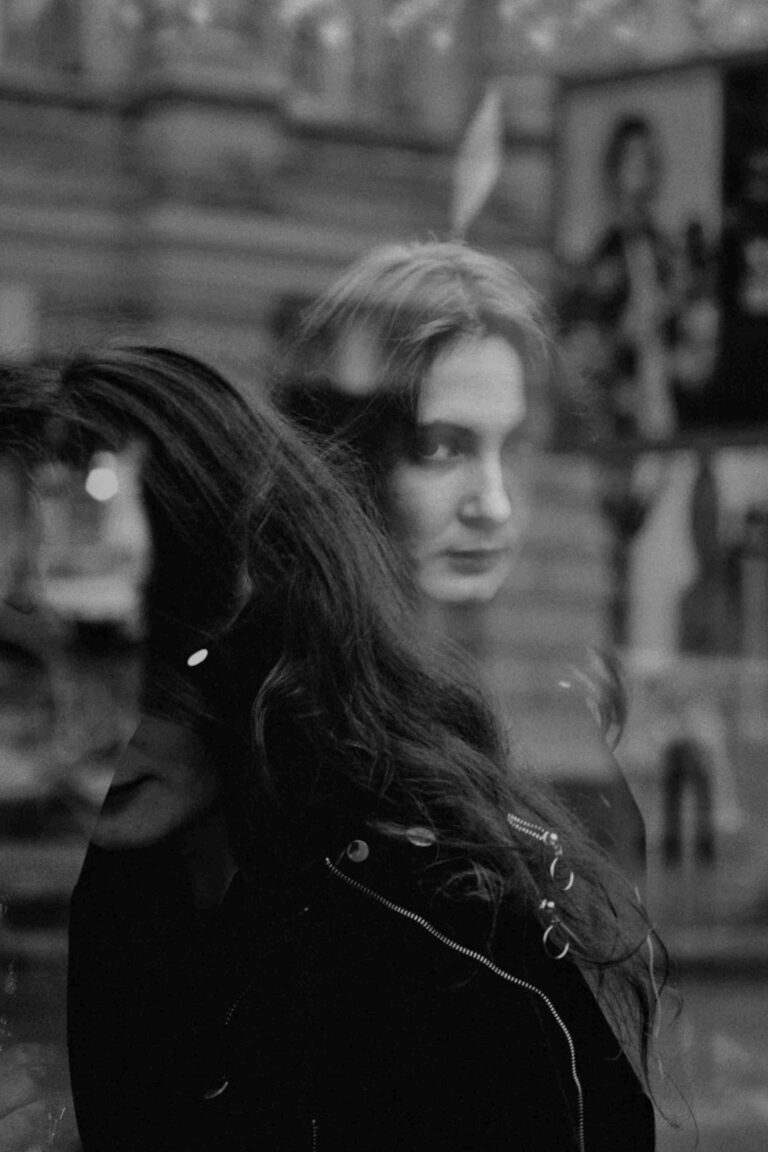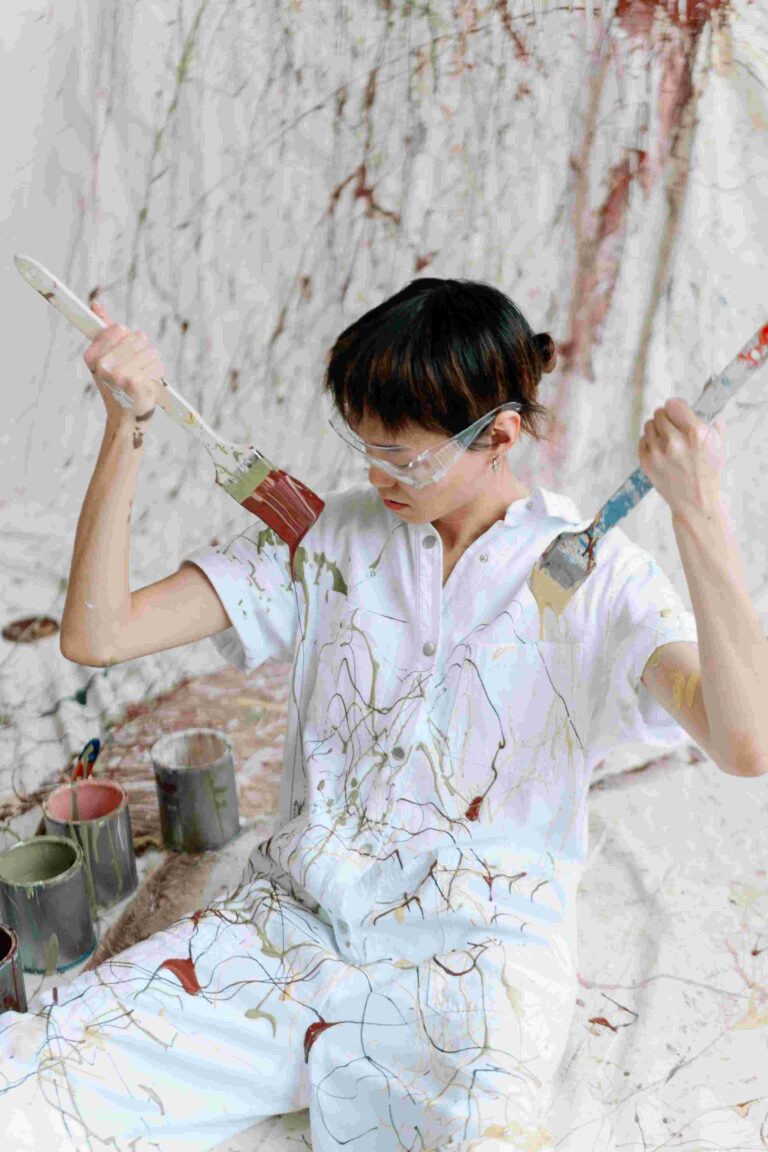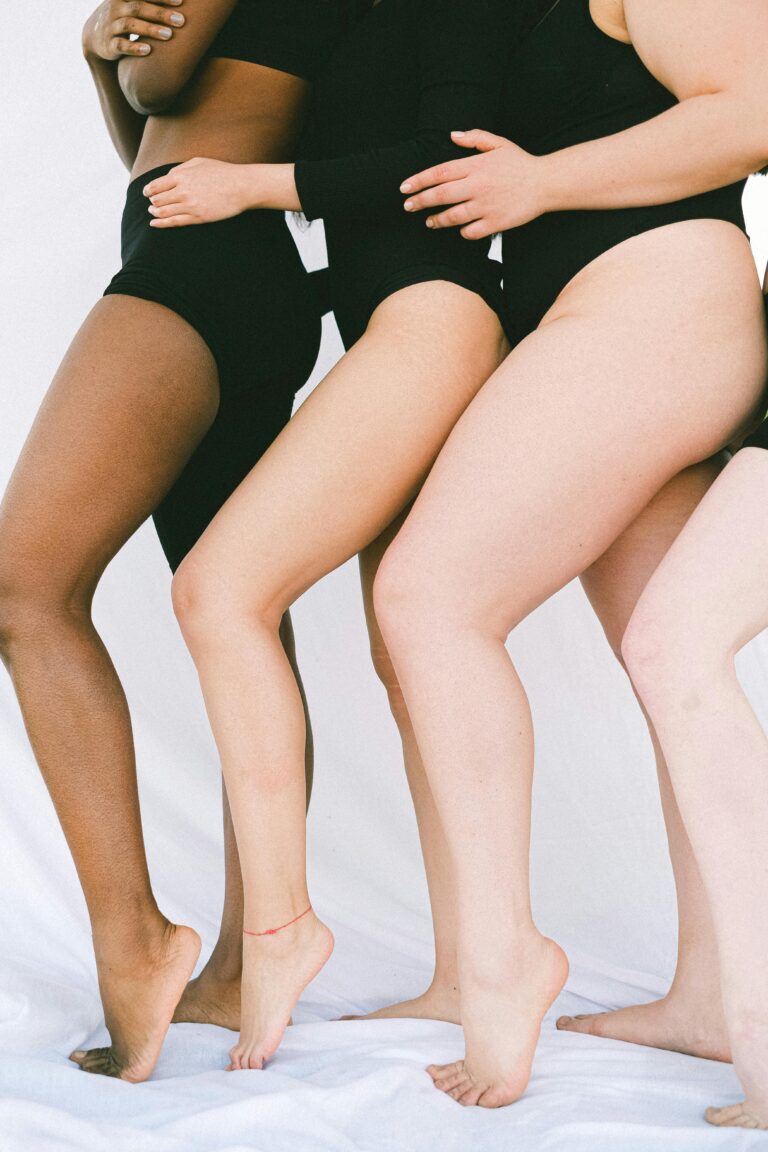Beyond the Trend: An Exclusive Beginner’s Guide to Sustainable Fashion & the Power of the Human Hand
Tagline: Moving from a fashion of consumption to a fashion of connection.
The Closet, The Question, and a Quiet Promise
You stand in front of a closet full of clothes, yet you have nothing to wear. You see the synthetic shine of polyester fabric; it looks glossy and on-trend, but you know it feels hard and uncomfortable against your skin. The sheer volume suggests a rich taste for high living, but the quality tells a different story. Pieces worn twice, then abandoned in a tangle, and in the back of your mind, a quiet, nagging thought surfaces: These aren’t good. Should I just buy some more?
This feeling is the hidden psychological cost of the fast fashion system. It sells us a dangerous lie: that by wearing a different trendy outfit every day, we are expressing our individuality. But in reality, we are often just expressing the trend, disposing of our personal style every week in a loop of consumption that leaves us feeling empty.
Here, we explore a better, more soulful way. This is not a lecture. It is a simple, honest introduction to the world of sustainable fashion and handmade clothing, and more importantly, to the quiet, confident energy they can bring to your life.
The First Answer: What “Sustainable” Really Means
When I think of the consequences of our current system, I get the image of the Atacama Desert clothing dump: a mountain of new, often unworn, clothes burning under the sun. This is the problem “sustainable fashion” seeks to solve.

From a broad perspective, it’s about creating clothes in a way that is mindful of the environment and the people who make them. But for me, at its simplest, it means a piece of clothing that is not stitched with resentment. Rushed hands. Or invisible exhaustion. It was not made with someone’s tears or curses. It is a garment that honours its origins. But knowing this is just the first step. The question is, how do we begin to embrace this mindset?
Three Ways to Embrace a More Conscious Wardrobe
The journey to a more sustainable style begins with a mindset shift, not a shopping spree. Here are three ways to start thinking differently today:
- Extend the Life of What You Own: The most sustainable garment is the one already in your closet. Learning to properly care for, repair, and restyle your existing clothes is the most powerful first step.
- Prioritise Natural Fibres: When you do buy, start by paying attention to the fabric tag. Choosing a natural, breathable fibre is often a better choice for your own comfort and for the planet.
- Value the Story, Not Just the Style: Start noticing the hands behind your clothes. The voice behind the stitch. This is where sustainability becomes truly soulful.
The Human Touch: The Story of a Garment
A handmade piece feels different—because it is. It can never be exactly the same as another; it is not a copy from a line of bulk-produced products. It is art, and art is a direct expression of the vision, talent, and hard work of the person who made it.
Consider the iconic “Bleeding Madras.” Born on India’s southeastern coast, it is a soft, breathable, checkered cotton. Its name comes from its unique quality: its colours, derived from natural dyes, are meant to gently “bleed” and merge with each wash, creating a living textile that evolves with you. Each piece is handloomed, often by one person from start to finish. This simple fabric carries a complex history of colonial trade, of Ivy League rebellion, of Nigerian status, proving how a piece of clothing can be so much more than just a trend.
Handmade clothing carries an emotion that a machine can never replicate. It’s a reminder of what hands can hold and what they can make.
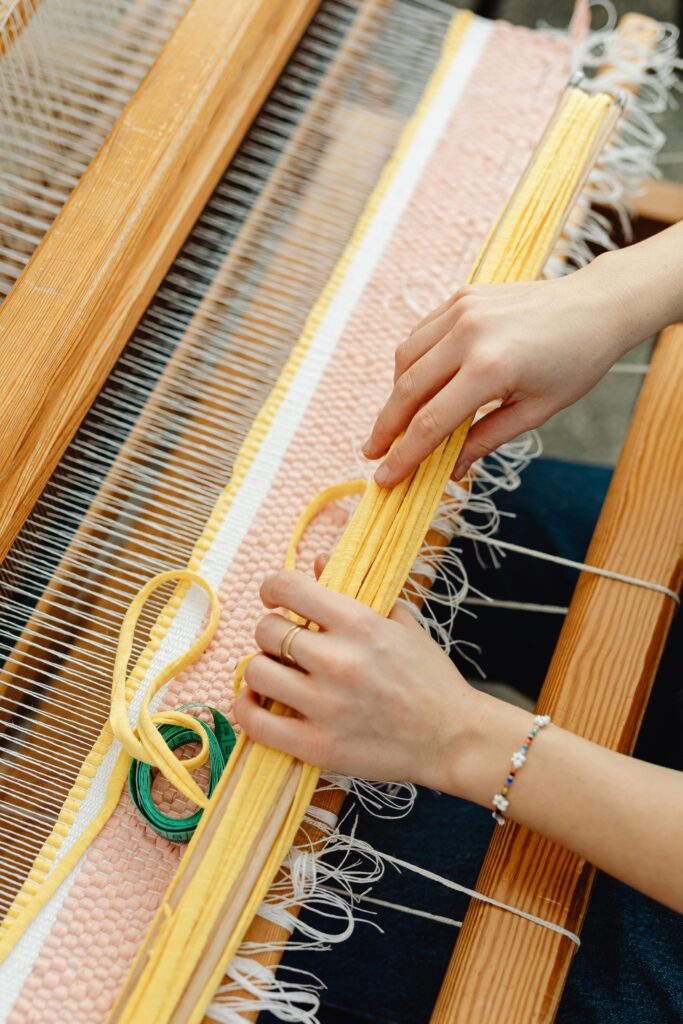
A Note on Cost & Honesty
Let’s be honest: thoughtfully made, handmade garments often come with a higher price tag. They are an investment, and not everyone can build a wardrobe entirely out of them. And that’s okay. It needs to be.
My own wardrobe is a mix. The goal is not perfection; it is intention. The value of a handmade piece is not just in its beauty, but in its longevity. Instead of buying five cheap, trendy tops that will be discarded in a year, investing in one beautiful, handmade shirt that you will love and wear for a decade is a different way of thinking. It is a choice to value the story and the craftsmanship over the fleeting thrill of the new.
The Personal Payoff: A Different Kind of Confidence
But beneath the layering lies something deeper. Choosing to wear a piece you are proud of, whether it’s because it’s handmade, because you’ve owned and loved it for years, or because it was made sustainably, creates a different kind of confidence. It is not the loud confidence of a flashy logo; it is the quiet, unshakable confidence of internal affirmation. It’s not fashion, it’s self-respect, in fabric form.
Conclusion: A New Conversation
This is only the beginning. But it’s a meaningful one to approach a more conscious wardrobe. It is not a “do or die” path. It is simply an invitation to think differently. The journey begins with asking a better question. “Pretty” is everywhere. But when you stand in front of your mirror, ask yourself something more powerful:
“Do I feel proud of what I wear?”
Pride is rooted in your values, your choices, and your identity. When you feel proud of what you are wearing, you are not just wearing clothes. You are wearing your self-respect. And that, more than any trend, is worth wearing.
